The Department of Environment and Energy – a strange marriage if ever there was one! It would seem one of opposites, not same sex.
Remember the days when most non-animal energy came from beneath the soil’s surface? This meant mining, excavating, drilling through our planet’s skin to reach highly efficient, energy-dense resources. The ‘Environment’ side of this federal department reacts very strongly to this for a raft of reasons starting with the aesthetic shock of an open cut mine, drilling towers and all those photos of power station chimneys belching out plumes of stuff that the Greenies never admit to being water vapour. The ‘Environment’ side of this unusual coupling is charged with landscape and native biodiversity protection which makes one wonder about the growing number of the new, mono-culturing industry – solar farms. Make no mistake solar farms are hostile environments to all living things. Maybe OK in deserts for shade.
When studying environmental management a form of eco-system triage is required, it is translated to ‘The Best and Highest Use’. Extreme actions to protect the ‘snaggle-toothed newt’, for instance, which may be down to its last two breeding pairs on its trek out the ever-revolving species door versus building a dam to supply a township and irrigation water becomes contrary to the ‘best and highest use/greater good’ mantra. This brings up the potential for conflict of interests between The Environment and its departmental spouse, Energy. Such conflict has just been laid as bare as a solar farm with the recent disclosure of the federal government’s financial seduction of a Saudi billionaire to build a solar farm at Moree. The cost of this enticement has been quoted at $300 million. Remembering that our government’s job is to spend our money it’s the tax payers of Australia that are supporting this initiative whether they agree or not.
Solar is meant to be environmentally sensitive energy, isn’t it? Meaning both parties can happily live together when Energy flirts with Environment. But who wears the pants in this bureaucratic twosome? Or, in order to live together, has there been a compromise whereby Energy can only come with Environment’s approval?
Let’s put an Emergency Room’s triage ruler over this relationship. First, solar power is an inefficient power source. Those that will benefit are those that have taken-up renewable grants and government incentives and will know when to get out. These globally-sponsored, Ponzi-style schemes for renewable energy will crash like the tech bubble that shut down the global economy because the renewable energy industry cannot, ultimately, deliver on its promise. Second, the Australian tax-payers are funding a non-citizen who doesn’t need their money as he has a reported $2 billion of his own. Third, solar farms do not drive local jobs and support regional communities as, unlike coal, oil and gas extraction, they are job-poor industries.
Number four is the big one. The country surrounding Moree is regarded as about the best, most productive agricultural land in Australia and with this, the world. Now the agriculture around Moree supplies both food and fibre to Australians and our export countries. To buy land around Moree and anywhere in the surrounding north-west plains of New South Wales requires deep pockets such as those of Mohammed Abdul Latif Jameel.
The Environment side of this departmental marriage should know this just as it knows that Moree is situated in The Mitchell Grass Downlands bioregion that spreads from these north-west plains of through to southwestern Queensland. There are several major grasslands on our planet: the North American Prairie, the Eurasian Steppe, the Serengeti, the South American Pampa and Australia’s Mitchell grass downs. These grasslands are home to major native biodiversity and supply a different form of energy care of their pastures. It is called Metabolised Energy, which supports life from invertebrates to reptiles, birds, marsupials to mammals. Amongst these pasture species are some such as Microlaena stipoides that have very high ME – higher than wheat. This grass actually won the 2005 Eureka Prize for its resilience and potential to supply the world with a perennial grain.
At the end of these two energy supply lines (power and food), we need some triage-style accounting. We must add up whether we protect both the environment and agriculture’s delivery of ME, which becomes energy-giving food calories, or the poor translation of solar power into electrical wattage. We know that power sources such as nuclear, coal, oil and gas are more efficient than any of the renewables in delivering wattages. We know traditional wattage-supplying industries provide jobs directly, via industries and through local communities while solar farms don’t. We know that without food we and our co-species die and the biodiversity chain is forever broken. So what foreplay was required at the Department of Environment and Energy to permit and sponsor a solar farm at Moree?
The answer is found by going to recent jobs advertised by the Australian Public Service. Of course, that behemoth, the APS bureaucracy, wouldn’t miss an opportunity to create a new agency and the clamour for renewables has given it this. Amongst current job offers at the Department of the Environment and Energy are six new positions being offered by ARENA – Australian Renewable Energy Agency. Total cost of approximately $700,000 per annum plus 20 days holiday (above existing national and state holidays) and 20 days accrual holiday and sick, parental, maternity, adoption, carer leave plus the ‘generous’ 15.4 per cent super and a meal break at least every five hours (the Public Sector Union’s hands all over this EA).
A whole new agency that can trace its ancestry to the Paris Climate Agreement down through adoption by The Left and green groups until it is finally begat by inter-departmental copulation at the Department of Environment and Energy. A mongrel job if ever there was one.
Could all those economists now adding the industrial and consumer costs of closing down clean and efficient power from our coal, oil and gas that drives our industries please add the cost of a new, mushrooming government agency?
Got something to add? Join the discussion and comment below.
Got something to add? Join the discussion and comment below.
Get 10 issues for just $10
Subscribe to The Spectator Australia today for the next 10 magazine issues, plus full online access, for just $10.

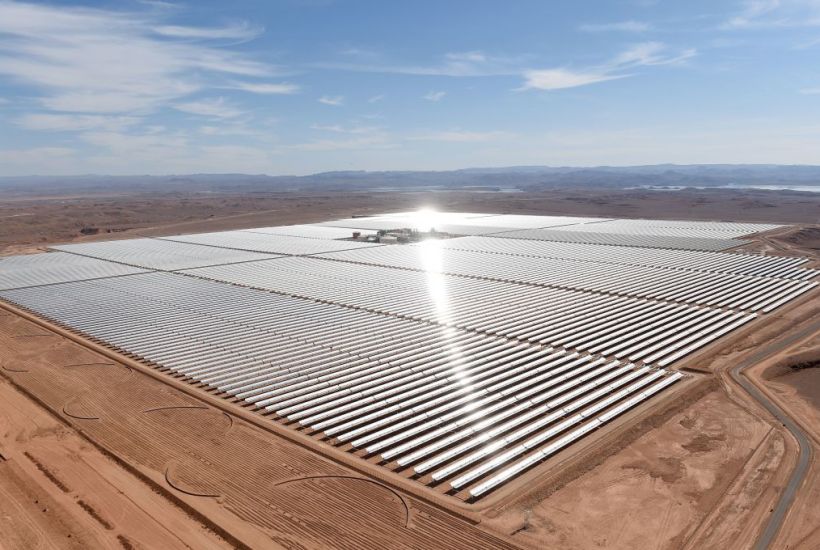
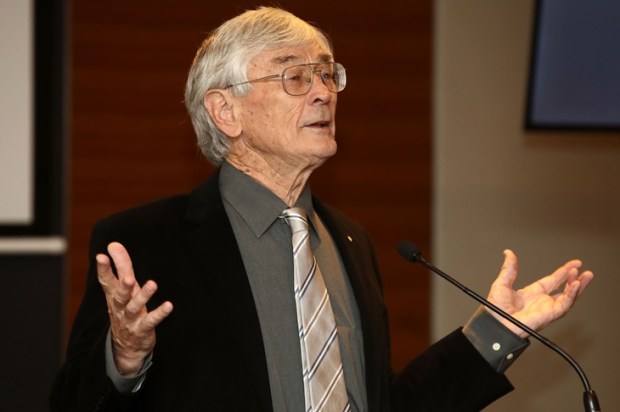
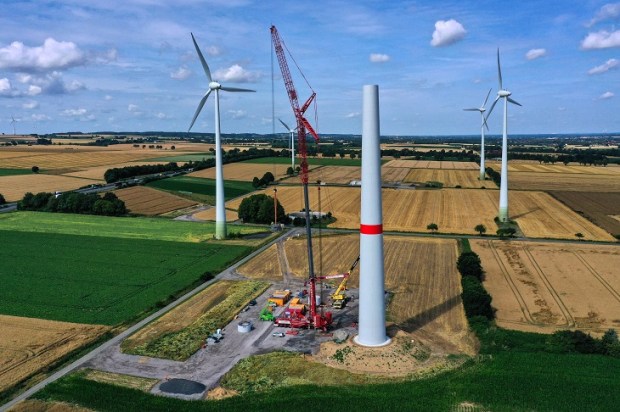

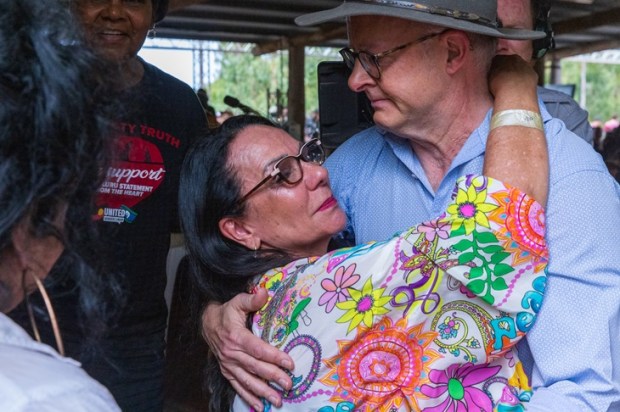

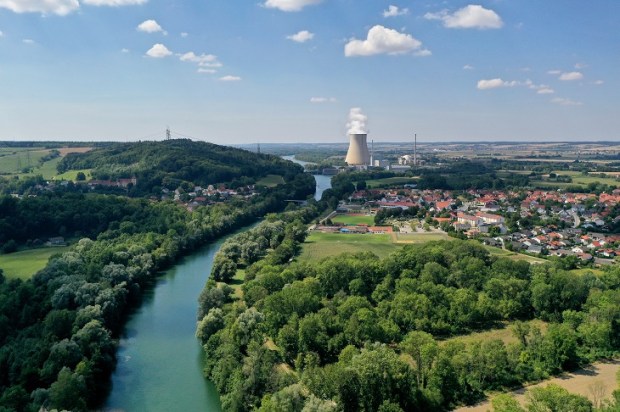


















Comments
Don't miss out
Join the conversation with other Spectator Australia readers. Subscribe to leave a comment.
SUBSCRIBEAlready a subscriber? Log in